African Sideneck Description
Heat: The temperature of your turtles habitat must be maintained between 70 and 82 degrees. Buying a tank heater or under-tank heater will help maintain a constant temperature. The temperature should be a bit warmer during the daytime and cooler at night.
Filter: You do not necessarily have to have a filter if you are willing to change your turtles water frequently, but a filter makes having a pet turtle more enjoyable. You will not have to change the water as frequently if you have a good filtration system in place. We suggest water changes every other day with stale or chlorine free water if you do not have a filter and water changes monthly if you have a good filter.
Basking Area: There are many items available in pet stores to provide basking for your turtle. If you want to you can just use rocks and gravel to provide a nice basking spot. Place the light above the basking area so that your turtle can receive the added benefits of the UVA and UVB rays.
Lighting: Turtles need UVA and UVB rays to stay healthy. You will need to provide a light that shines UVA and UVB rays (full-spectrum lighting) onto the basking spot. Clamp-on lights are easy to set up and use for this purpose. If you want to put them on a timer to simulate night-day cycles you can. If you have an aquarium with a hood you can use full-spectrum fluorescent lights in the hood.
African Sideneck Feeding: Most turtles start out as carnivores, they eat everything that moves and can fit in their mouths. Make sure that you do not feed them anything that can hurt them. They will eat a number of insects and aquatic creatures. They will eat plants that are placed in the aquarium as well. Any plants added to the tank MUST be turtle-friendly. As turtles age they become less carnivorous and will eat more plants and commercial foods. They will still eat small animals that happen into the tank though, so don’t put your prized fish in with your turtle.
Dark greens are best because they have nutritional value. Some people recommend feeding turtle iceberg lettuce, but there is not much nutritional value in iceberg lettuce so we do not recommend it. Turtles also need calcium. They will chew on cuttlebones if you put them in the tank. There is a saying about turtles that a hungry turtle is a healthy turtle. It is better to underfeed than overfeed your turtle. Overfeeding can pollute the water and cause other problems. Turtles will eat about the same amount of food that would fit inside their head. Feeding the turtles in a container other than the one they are housed in will help with the cleanliness of their habitat. African Sideneck African Sideneck
Baby Turtles: For baby turtles I generally set them up in a tub with a shallow water dish (twice the height of the turtles shell) in one of the corners. I fill the rest of the container with a sand/soil mix and put live plants around the tub. Dandelions are great because they can actually be used as a food source, but I have gone as far as to plant grass and turtle-safe flowers. I feed them insects and earthworms, but remember all aquatic turtles have to be in water to successfully swallow their food. Earthworms are great for young turtles because they are slow, but move a lot to attract the attention of the turtles. African Sideneck
Summary: You can put a ton of money into a turtle setup in no time at all, but you can also build a nice turtle setup for little of an investment
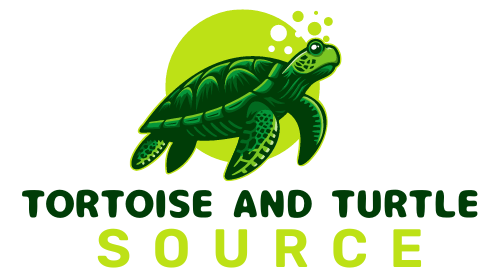
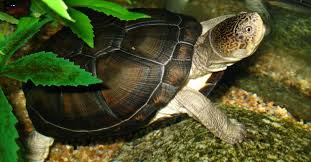
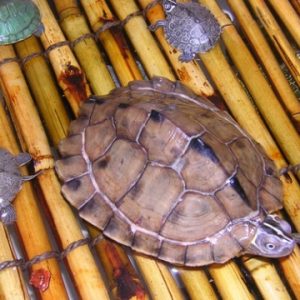
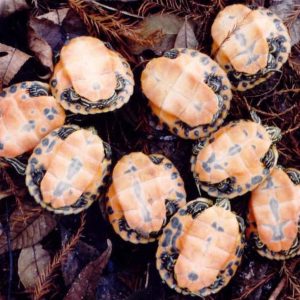
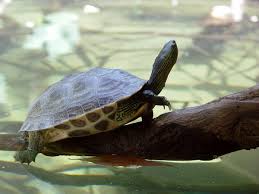

Reviews
There are no reviews yet.